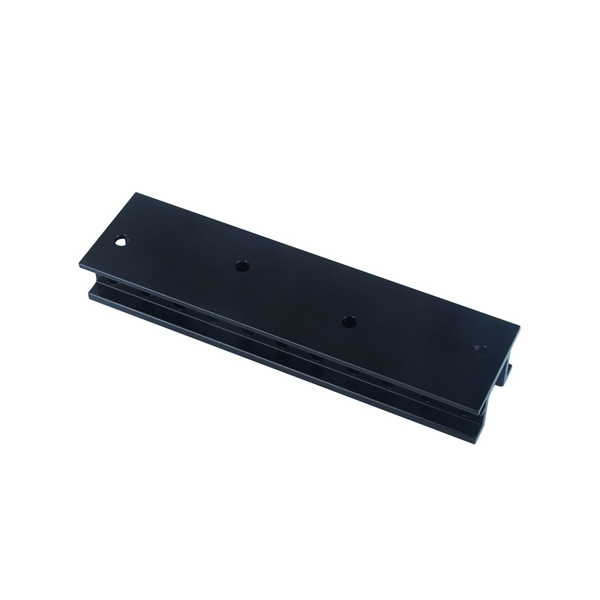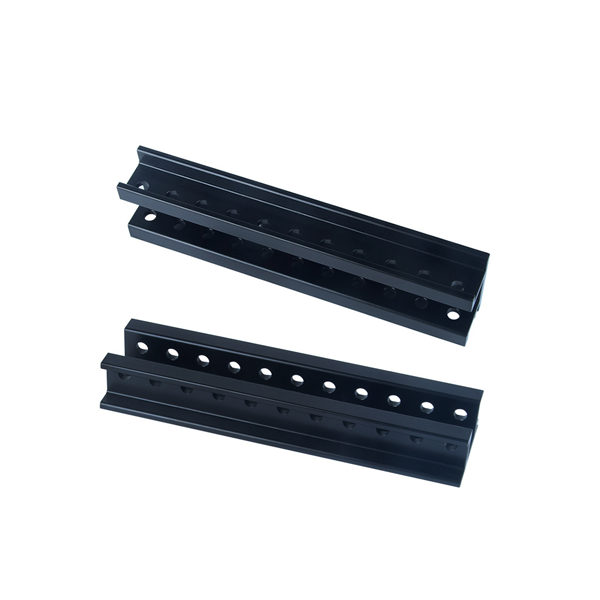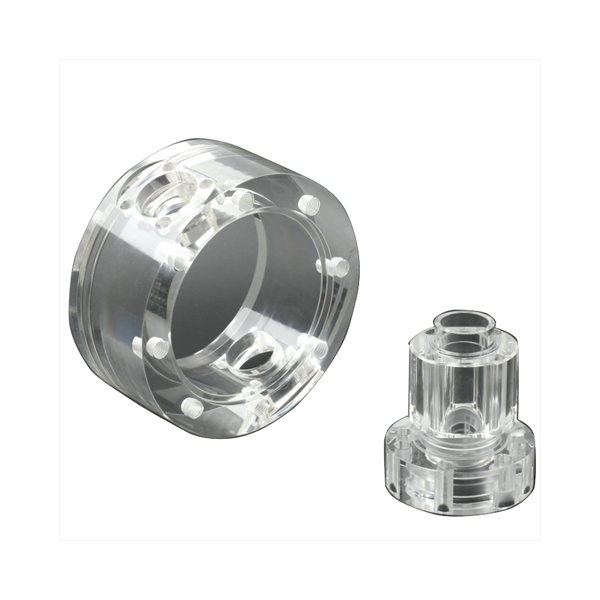GD Prototyping

Anodizing Aluminum Metal
-
Material: Aluminum alloys (6061, 7075, etc.)
-
Coating Thickness: 5 µm – 25 µm (standard), up to 50 µm (hard anodizing)
-
Surface Finish: Matte, satin, brushed, or glossy
-
Color Options: Clear, black, red, blue, gold, custom shades available
-
Hardness: Up to 500 HV with hard anodizing
-
Corrosion Resistance: Significantly improved vs. untreated aluminum
- Description
- Specification
- Application
- FAQS
At GD Prototyping, we provide professional Anodized Aluminum Metal finishing services that enhance both the functionality and appearance of aluminum components. Anodizing is an electrochemical process that converts the natural oxide layer on aluminum into a durable, protective, and decorative coating.
This treatment improves corrosion resistance, wear resistance, and surface hardness, while also allowing for custom coloring and aesthetic appeal. Whether for industrial-grade components or high-end consumer products, anodized aluminum offers a balance of strength, beauty, and reliability.
We serve a wide range of industries, including automotive, aerospace, electronics, medical, and architectural sectors. From prototype parts to mass production runs, our anodizing process ensures consistent, high-quality finishes that meet strict industry standards.
At GD Prototyping, we combine advanced anodizing technology with precision machining to deliver anodized aluminum metal parts that are built to last.
| Parameter | Value / Description |
|---|---|
| Base Material | Aluminum alloys: 6061, 6063, 7075, 5052, etc. |
| Anodizing Type | Type I (Chromic), Type II (Sulfuric – Decorative), Type III (Hard Anodizing – Industrial Use) |
| Anodizing Thickness | Type II: 5–25 μm; Type III: 25–150 μm |
-
Automotive: Trim, engine covers, lightweight brackets, and decorative parts
-
Aerospace: Aircraft panels, housings, and structural components
-
Medical: Surgical tools, device housings, and precision instruments
-
Consumer Electronics: Smartphone frames, laptop casings, and connectors
-
Industrial Equipment: Gears, housings, and wear-resistant components
-
Architectural: Panels, railings, and decorative fixtures
1. What is anodizing?
Anodizing is an electrochemical process that creates a durable oxide layer on the surface of aluminum, improving corrosion resistance, wear resistance, and appearance.
2. What are the different types of anodizing?
-
Type I: Chromic acid anodizing (lightweight corrosion resistance).
-
Type II: Sulfuric acid anodizing (decorative, moderate wear resistance).
-
Type III: Hard anodizing (heavy-duty use, high wear and corrosion resistance).
3. Can anodized aluminum be used outdoors?
Yes. Anodized aluminum, especially Type III anodizing, offers excellent resistance to UV rays, weather, and environmental conditions, making it ideal for outdoor use.
4. What color options are available for anodized aluminum?
Common colors include clear, black, red, blue, gold, and green. Custom colors can also be achieved based on the anodizing process.
5. How thick is the anodized layer?
-
Type II anodizing typically adds 5–25 microns of thickness.
-
Type III anodizing (hard anodizing) adds 25–150 microns for extra durability.










